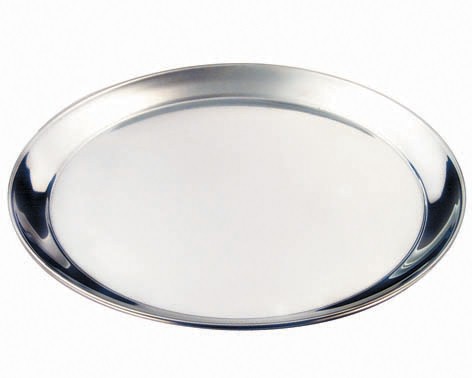I've never tried it, but have heard that simply a layer of aluminum foil, shiny side down on top of the grain bed will help reduce temp loss. Are you taking a temperature 5 min after mashing in? I does take 5 minutes at least for the temp to stabilize after doughing in IME. A temp taken immediately will be a false high reading IMO because the grain is still cooling down the strike water and has not fully stabilized.
Maybe try mashing inside, boiing outside? BIAB may not be the best cold weather method unless you really inslate the kettle, or carefully add a little heat to the tun. Likely a 90 minute mash in a kettle at those temps will be a bit challenging.



